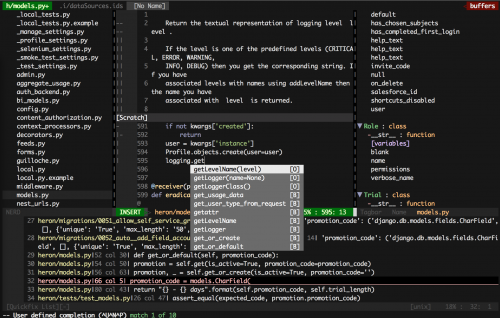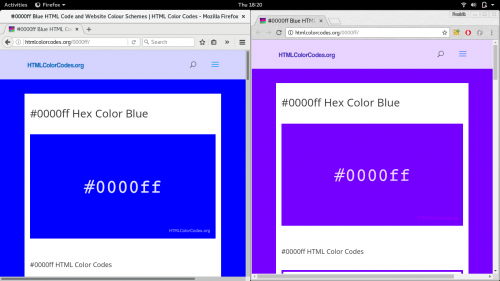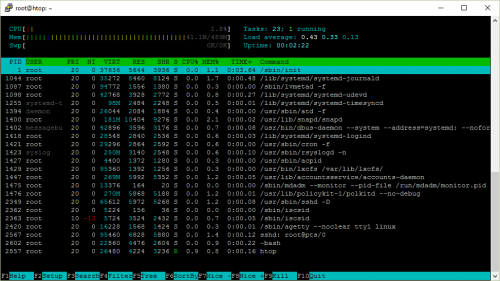 “Turning vim into an IDE through vim plugins” is yet another take on customizing the Vim text editor and making it into a full featured IDE. Most of these things were possible for years (I even had my own blog post on the subject), but with every version of Vim it gets easier and easier to setup a more advanced developer environment.
“Turning vim into an IDE through vim plugins” is yet another take on customizing the Vim text editor and making it into a full featured IDE. Most of these things were possible for years (I even had my own blog post on the subject), but with every version of Vim it gets easier and easier to setup a more advanced developer environment.
Category: Linux
Linux is my primary operating system. I used it on the servers, desktops, laptops, netbooks, and even mobile phones since approximately 1997. I’ve tried a number of distributions over the years, and even created a couple myself. I still look around sometimes to see what others are up to. But most of my machines are running some sort of Red Hat – either a quick and easy Fedora Linux, or a stable and secure Red Hat Enterprise Server, or a cheaper CentOS alternative.
And while by now I am very comfortable in the Linux environment (both graphical and command line), I still discover a lot of new and interesting things about it. When I come across something worthy, I usually share it with the rest of the Open Software world, using this category.
Google Chrome color profile
My good friend and colleague Michael Stepanov has been recently annoyed by some weird color offsets on his external screen in Fedora 26. Turns out, it wasn’t the external monitor, video card, or cable issue. The problem was with the new Google Chrome and its choice of the color profile. The solution was found in this Reddit thread:
- Open new tab and type there chrome://flags
- Find option “Force color profile” and set it to “sRGB”
- Restart Chrome and enjoy blue as blue 🙂
jq and jo – handy CLI tools for working with JSON
Here are a couple of really useful command-line tools for anybody working with JSON. The first one is jq, which is a somewhat wider known JSON processor. Here’s a nice tutorial with many examples of how this tool is useful. The second one, is jo – a command-line tool for easier creation of JSON output.
htop explained
“htop explained” is a very detailed guide into the htop Linux system monitoring tool. Even if you are an experienced Linux user, and even if you are not a fan of htop (why aren’t you?), you will still find this guide useful, as it goes into a lot of detail on how htop figures out all the values and where Linux keeps bits and pieces of system information.
Firewalld configuration and usage
If you are a Linux old-timer, who is used to iptables (or even ipchains, or even … anyway), you might find “Firewalld configuration and usage” guide very handy. It covers firewalld concepts and provides a number of examples for zones, ports, services, interfaces and other bits and pieces that you might be scratching your head about, when configuring the modern Linux firewall.

